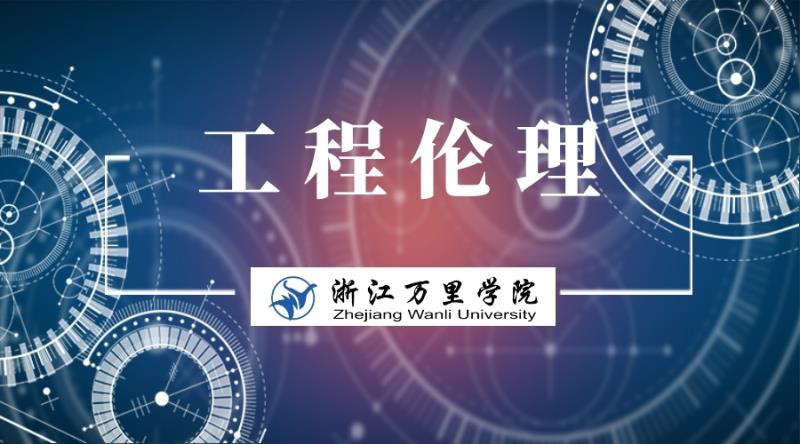
当前课程知识点:口译:理论与实践 > Unit 4 口译笔记 > Lecture 5模拟演练 > Lecture 5模拟演练
Hi everyone
It’s good to have you back here
I’m your lecturer Catherine
In earlier lectures
we learned how to take notes
by looking at written scripts
The primary purpose of doing that is to get familiar
with all the specifics of note-taking
In this lecture
we’ll do some simulation practice
on note-taking while listening
It creates more demand
for your ability of listening comprehension
instant reaction
writing speed
usage of symbols and abbreviations etc
I’ve prepared three audio materials
two in Chinese and one in English
They vary in topics too
The speakers speak at a slow rate
giving you sufficient time
to understand the source information
decide what to write down and what to retain
in your short-term memory
It is very common to write
messy notes at the beginning
as it takes time to synchronize
between listening and writing
Before coming to our practice
let’s first look at how professional interpreters
take notes while listening
The source language
contains a great deal of information
yet only a minor part of which
is jotted down by the interpreter
using the combination of symbols
letters
and abbreviations
It can also be seen that the interpreter
leaves much space between lines of notes
This reminds us of a key point in note-taking
namely
notes only play a supplementary role
and they should not be taken as the priority
Instead
interpreters should rely the most
on their short-term memory
applying the techniques of information processing
logical analysis and visualization
These are the tips that we interpreters
should learn to adopt and apply in our practice
Now
it’s time to practice
The first audio is about China’s network industry
It’s short
simple
and slow
So you don’t need to worry about
not being able to keep up with it
Just take out a pen and a notebook
to write down quickly the key points
Remember not to try to write everything down
which is time-consuming and inefficient
Learn to activate your brain
and let it take its roles in retaining information
The combination of short-term memory and notes
help produce ideal results
Let’s being
Listen to the audio and take notes
How about your notes?
Was there a collaboration
between your notes and your brain?
This is my sample for your reference
Watch it and find out how your notes
distinguish from mine
What you should pay attention to
is that several figures are included
in the source language
520万
1,260万
2,3000个
You can either
take them in the source language as I did
or in the target language
which should be 5.2 million
12.6 million and 23,000
Don’t be frustrated
if you failed to catch all the figures
Despite its difficulty
there are ways to cope with it
which is going to be explained
in detail in next unit
The next step following notes
is to retell the source language
with the aid of your notes
which is the best way to check
whether you can effectively remember all the information
My retelling goes like this
近年来
中国的网络产业极速发展
据中国互联网信息中心的统计数据
中国的公共网络已覆盖365个城市
上网电脑520万台
经常上网者达1,260多万
网址23,000个
预计两年后
中国的上网人数将跃居全球第二
仅次于美国
Practice note-taking several times
if you find it hard to cover the key points
But don’t forget to let your brain get involved too
and you’re suggested not to stop
until you’re familiar with it
Now let’s try a piece of English material
This audio is about the relationship
between new economy and knowledge
Listen to it and take notes
Was it more challenging or easier
compared with the first audio?
Now
please take a look at my notes
As you can notice
Chinese characters are also adopted in my notes
making it explicit and easy for me
to identify the meaning of them
during interpreting
This is also one technique you can learn
Note-taking means the adoption of the fastest
and the most convenient approach
to record the source language gist
It is never confined to a single language
Therefore
to make your notes efficient
you need to develop your own possible style
Let’s try to retell the source language
With the advent of new economy
characterized by IT and a dependence on knowledge
education has become a decisive factor
for progress of the society
and sustainable growth of economy
It determines how much and how fast an economy
can benefit from globalization
New economy in essence is knowledge-based economy
with education at its very foundation
Let’s finish this lecture with the last practice
a piece of material about diplomatic cooperation
Did you find it a bit easier this time?
let’s try retelling
随着中国独立自主的和平外交政策的
不断丰富和完善
我国已逐渐形成了完整的外交路线
和独特的外交方式
他们在维护中国主权
反对霸权主义和维护世界和平方面
取得了巨大成功
为促进人类的进步取得了应有的贡献
As was mentioned previously
note-taking is a skill that deserves your attention
energy
and endeavor
Good notes can significantly facilitate your interpreting
Spend a certain amount of time
each day practicing notes
and soon you’ll turn out to be skillful at it
We’ll move to figure interpreting
in the next unit
which is perhaps the most difficult part
So don’t forget to come back
-Lecture 1 口译的定义及特点
-Lecture 2 口译的分类
-Lecture 3 口译员的素质
-Unit 1 单元测试
-Lecture 1 听取信息
-Lecture 2 逻辑分析
-Lecture 3 模拟演练
-Unit 2 单元测试
-Lecture 1 口译记忆的类型
-Lecture 2 口译记忆强化技巧一:原语复述
-Lecture 3 口译记忆强化技巧二:影子跟读
-Lecture 4 口译记忆强化技巧三:视觉化
-Lecture 5 模拟演练
-Unit 3 单元测试
-Lecture 1 口译笔记简介
-Lecture 2口译笔记常用符号
-Lecture 3 口译笔记记录方法
-Lecture 4 口译笔记案例详解
-Lecture 5模拟演练
-单元测试
-Lecture 1 英汉计数差异
-Lecture 2 常用数字表达
-Lecture 3 篇章数字口译
-Lecture 4 模拟演练
-单元测试
-Lecture 1 公共演讲技巧
-Lecture 2 口译基本方法
-Lecture 3 口译常见问题及应对方法
-Lecture 4 模拟演练
-单元测试
-Lecture 1 ECEC和CECE训练法
-Lecture 2 ECEC训练法模拟演练
-Lecture 3 CECE训练法模拟演练
-单元测试


